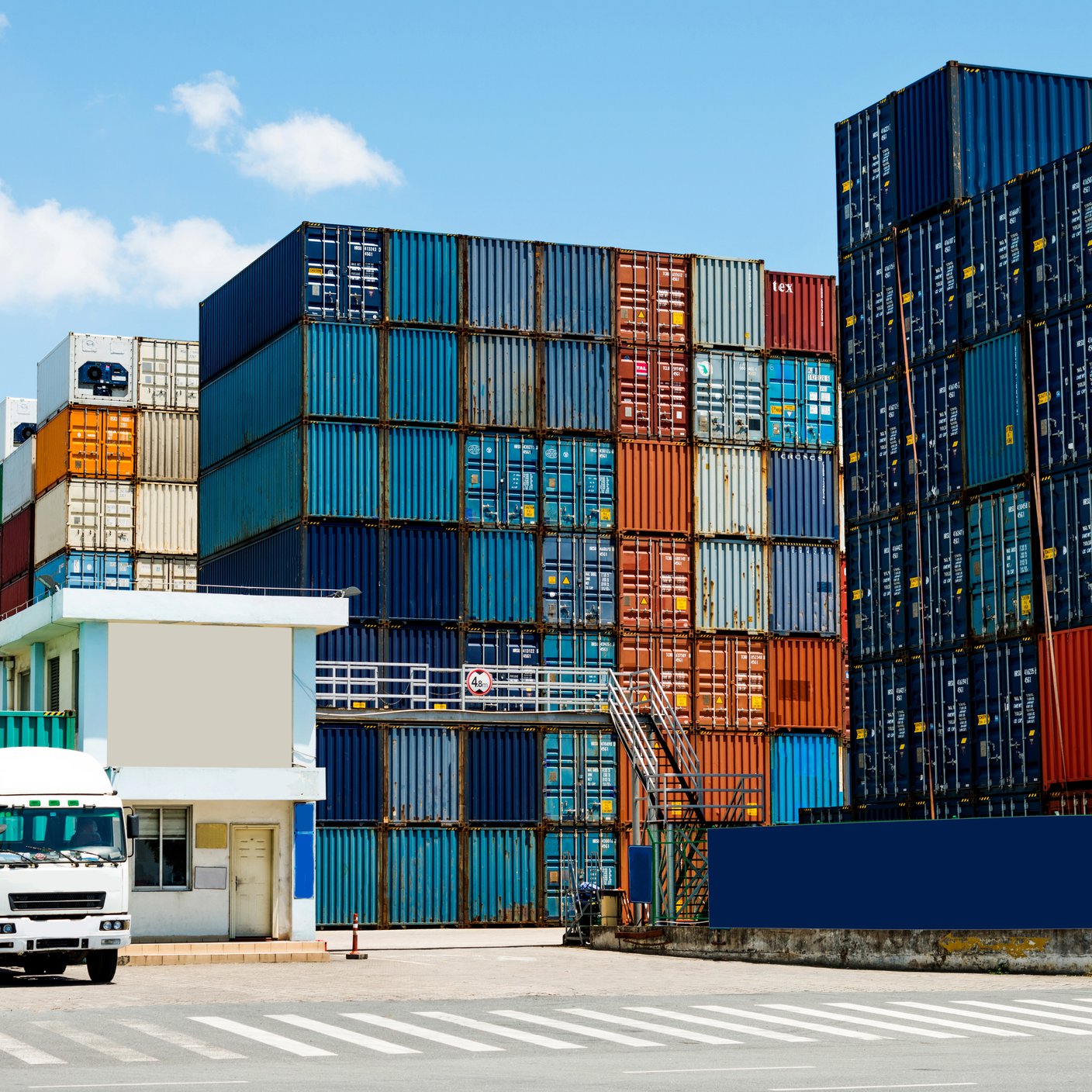Customs-Trade Partnership Against Terrorism Series Part 1: What is CTPAT and what are its benefits
International trade plays a significant role in today's global economy, but with it comes a variety of security risks. The Customs-Trade Partnership Against Terrorism (CTPAT) program was initially established to address these threats while enhancing supply chain security for organizations involved in global trade. More than 20 years later, the CTPAT program has since evolved to include new requirements surrounding forced labor as well as better integration policies with other agencies and more effective sharing of information with the private sector.
Here in part one of our CTPAT series, we will break down the basics of this program, the eligibility requirements, the benefits of this certification, and discuss how this program can help navigate and mitigate some of the complex supply chain risks associated with international trade.
History
CTPAT was established in November 2001 by US Customs and Border Protection (CBP) in response to the 9/11 terrorist attacks. The program was designed to improve the security of the US supply chain while also facilitating the flow of legitimate trade. Since its inception, CTPAT has expanded to include partnerships with foreign governments, businesses, and other stakeholders to create a more secure and efficient global supply chain.
Eligibility requirements
To participate in the CTPAT program, an organization must be a US importer, carrier, customs broker, or foreign manufacturer (in addition to several other business types) that imports into the US. The organization must have a documented process for supply chain security and agree to undergo a security assessment by CBP to enter the program. And finally, the applicant needs to have documented and implemented security measures that meet CTPAT program requirements.
Benefits of certification
There are numerous benefits to participating in the program and becoming certified. First and foremost, CTPAT certification can help reduce the risk of supply chain disruptions and delays caused by security issues. This can result in lower costs and increased efficiency for those involved in international trade. Joining will reduce the burden of inspections for importers and provide better access to customs resources and removal from the focused inspection pool.
Certification can also enhance an organization's reputation and credibility, demonstrating to customers and partners that supply chain security is taken seriously. Additionally, it can help provide access to other government programs, which can lead to additional cost savings and logistical benefits.
Mitigating risks
International trade presents a variety of risks, including the potential for theft, fraud, smuggling, and terrorism. Data regarding unmanifested cargo (UMC) seizures collected over the course of 2022 by BSI Connect SCREEN Intelligence reports that 50 percent of UMC seizures included trucking cargo while marine cargo comprised 39 percent of confiscations, and the remaining incidents occurred on facility sites via van cargo or air-freight detainment.
The risk of illegal drug introduction via maritime shipping is especially pronounced regarding cocaine, as smugglers often utilize the “rip-off” method of trafficking—a concealment tactic where legitimate container shipments are used to transport illicit cargo. In 2022 alone, 53 percent of recorded coca and cocaine drug seizures in South America occurred via sea modality while 38 percent of these seizures occurred in trucking shipments.
The CTPAT program is designed to mitigate these risks by establishing security guidelines and best practices that organizations must follow. These guidelines cover areas such as conveyance security, cybersecurity, physical security, procedural security, personnel security, education, and training.
Implementing these guidelines can reduce the likelihood of security breaches and protect supply chains from external threats. In addition, CTPAT certification requires ongoing compliance and monitoring, ensuring that organizations maintain a high level of security and continue to mitigate risks associated with international trade.
This program can further enhance supply chain security, reduce costs, and help participants gain a competitive advantage in the global market. CTPAT certification requires a comprehensive understanding of supply chain security and the ability to implement security measures that meet program requirements. However, the benefits of certification are well worth the investment, providing organizations with a more secure and efficient global supply chain.
For the next installment of our series focused on CTPAT from BSI’s Security & Resilience experts, we’ll address the security guidelines that organizations are required to follow. Also, read part one of our Supply Chain Risk Insights Report series as Tony Pelli weighs in on the benefits of supplier diversification to reduce risks within your supply chain.
For more BSI insights on other EHS and Digital Trust topics, visit our Experts Corner. For real-time updates on top supply chain issues, register for BSI’s Connect SCREEN tool; this platform provides daily analysis on the latest and most relevant global supply chain trends.








